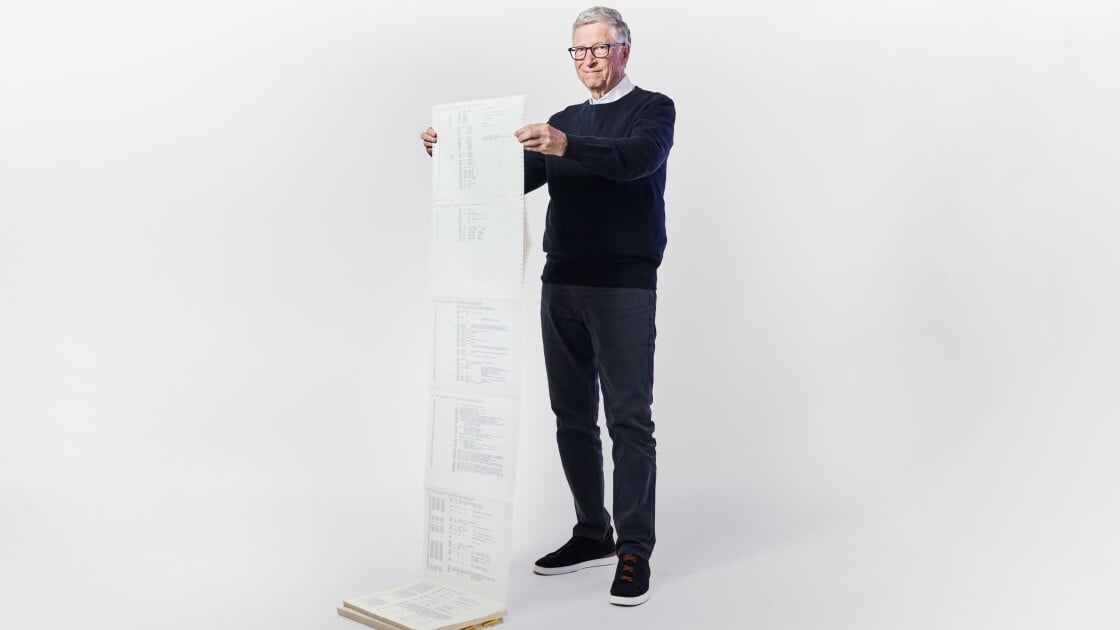Coding Archaeology: Gates Unveils Microsoft's Digital DNA from the Pioneering Era

In the vibrant era of the 1970s, a young Bill Gates and his visionary Microsoft co-founder Paul Allen embarked on a groundbreaking coding adventure. Tucked away in Harvard's computer laboratory, they crafted what Gates now fondly describes as the "coolest code I've written" - a piece of programming history that has remained hidden from public view until now.
The duo, then budding tech pioneers, huddled over a computer, their fingers dancing across the keyboard, creating something truly remarkable. Their collaborative effort would become a testament to their early innovative spirit and the nascent potential of personal computing.
After decades of remaining a secret, this remarkable piece of code is finally seeing the light of day, offering a fascinating glimpse into the early days of Microsoft and the brilliant minds behind the technology revolution that would reshape the world.
